Investor's Corner
Tesla – SolarCity merger: the devil is in the details
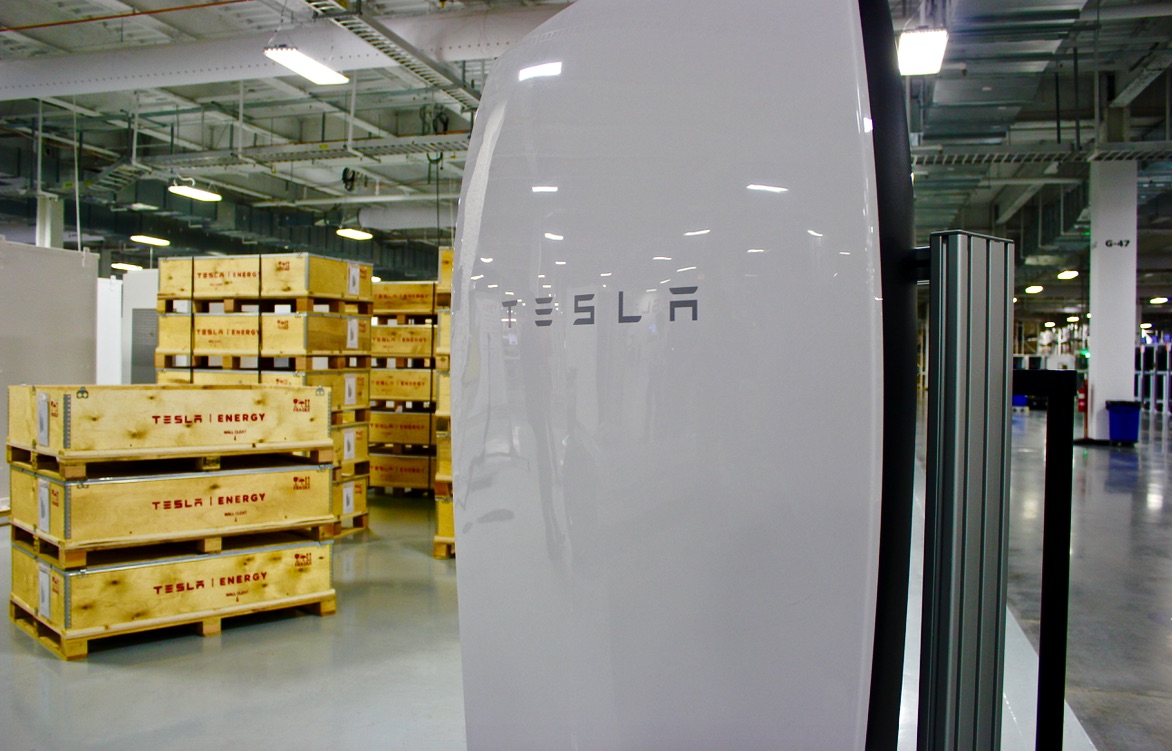
On Monday August 1st, Tesla announced that it had reached a definitive agreement to acquire SolarCity. Tesla provided investors with an Investor Presentation slide set, and a 180 pages long Form 8-K filing.
Investor Presentation
In the slide presentation titled Tesla to acquire SolarCity, the company provided details for the proposed transaction.
Tesla would acquire SolarCity in an all-stock transaction valued at $2.6 billion. SolarCity shareholders will receive 0.110 shares of Tesla stock for each share of SolarCity valued at $25.37 per share. The transaction is expected to close in Q4 2016 and subject to the approval by a majority of disinterested shareholders at both SolarCity and Tesla, to be voted upon at each respective shareholder meeting.
The Tesla SolarCity “strategic” combination would:
- Accelerate the transition to sustainable energy
- Create world’s only integrated sustainable energy company
- Drive products development and innovation
- Catalyze solar energy adoption
- [Provide] substantial cost efficiencies.
The presentation stated that SolarCity provides best-in-class rooftop solar installation costs of $1.92 per watt as of 4Q15, and is America’s #1 vertically integrated provider of residential and commercial solar, with a 35% share of the residential market and 14% share of the commercial market in 2015. Tesla is the world’s fastest growing car company, with an 18% market share of the “large Luxury sedans” in 2015 with its Model S.
The combined company would leverage Tesla’s design and manufacturing expertise:
- Speed development of beautiful, differentiated and technologically superior products
- Improve solar value proposition by integrating storage, reducing system cost and improving reliability
- Fully integrate product suite for a seamless user experience, delivering an improved, lower-cost product for customers
- Develop products for residential, commercial and grid-scale applications
- Take advantage of SolarCity’s industry-leading project finance capabilities
One of the major points of the slide presentation is that the combined companies would provide “substantial cost efficiencies”, with $150 million of direct cost synergies expected to be achieved in the first full year after closing the transaction.
The cost synergies would be driven by sales and marketing efficiencies, and corporate and overhead savings. The value proposition is improved by lowering hardware costs, reducing installation and service costs, improving manufacturing efficiency, reducing customer acquisition costs, and cutting capital costs.
Form 8-K Filing
The very long document filing includes the usual boilerplate for merger transactions, but also reveals quite a few interesting tidbits, buried into the document. These are quotes from the document.
Stockholders of SolarCity will be asked to vote on the adoption and approval of the Merger Agreement and the Merger, and stockholders of Tesla will be asked to vote on the approval of the Merger and the Share Issuance, at special meetings of the stockholders of SolarCity and Tesla, respectively, that will be held on dates to be announced.
“The Merger Agreement and the Merger be adopted and approved by stockholders of SolarCity, including by the holders of a majority of the total votes of shares of SolarCity common stock […] that are not owned by Mr. Elon Musk and the other directors. other than Nancy E. Pfund and Donald R. Kendall, Jr.”
Similarly, “the Merger and the Share Issuance be approved by the stockholders of Tesla, including by the holders of a majority of the total votes of shares of Tesla common stock […] that are not owned by Mr. Elon Musk and the other directors and the named executive officers of SolarCity and certain of their affiliates.”
This means that the approval will likely rely on mutual fund managers and banks that hold large chunks of both Tesla and SolarCity stock.
As part of the agreement, SolarCity has a 45-day period known as a “go-shop”, which runs through September 14, 2016. This means that SolarCity is allowed to solicit alternative proposals during that time.
The all-stock transaction, with an equity value of $2.6 billion, is based on the 5-day volume-weighted average price of Tesla shares as of July 29, 2016. Under the agreement, SolarCity stockholders will receive 0.110 Tesla common shares per SolarCity share, valuing SolarCity common stock at $25.37 per share based on the 5-day volume weighted average price of Tesla shares as of July 29, 2016.
The “Excluded Company Parties”, i.e. the directors and named executive officers other than Nancy E. Pfund and Donald R. Kendall, Jr., that will not be able to vote at the Company Stockholders Meeting include Lyndon R. Rive, Peter J. Rive, Tanguy V. Serra, Hayden D. Barnard, Seth R. Weissman, Elon Musk, John H.N. Fisher, Antonio Gracias and Jeffrey B. Straubel.
While most stock options equity awards of each company will be automatically converted into stock options of the “merged” company, the stock options set forth in a “Company disclosure letter” shall be cancelled for no consideration. It turns out that these options are the ones that were granted by SolarCity to Lyndon and Peter Rive, the CEO and CTO of SolarCity. These options amounted to about $128 million, and would have been earned over a 10 year period, based on achieving a set of goals of SolarCity stock price and operational results. For some unknown treason, Elon Musk’s cousins will get the shaft in the merger transaction related to their stock options.
But do not feel too bad for the cousins. According to a research report from Reuters, that analyzed the results of the merger, “three of Musk’s relatives, including brother Kimbal Musk and cousins Lyndon Rive and Peter Rive, will own a combined stake of 0.5 percent in Tesla. Kimbal Musk is a director of Tesla.”
According to Reuters “Elon Musk and key institutional investors will probably tighten their control over electric car maker Tesla Motors Inc after it acquires sister company SolarCity Inc.” “The largest institutional shareholder, Fidelity Management and Research, will see its stake grow from 12.2 percent to 13.4 percent. Two Fidelity-managed funds, Fidelity Contrafund and Fidelity OTC, together will control another 7.3 percent, up from 6.5 percent.”
Musk will remain the largest individual shareholder, boosting his stake from 23.2 percent to 25.0 percent according to Reuters.
Note that Fidelity has already come out in favor of the merger.
“Musk, eight major institutional investors and the two Fidelity funds control 45.7 percent of Tesla. After the merger, the same group’s combined stake will rise to 49.0 percent.” “Other major institutional shareholders include Scottish investment manager Bailie Gifford & Co, which will maintain an 8.9 percent stake in the combined companies; T. Rowe Price Associates, 5.5 percent, and Vanguard Group, 3.6 percent. Big banks, including several Tesla lenders, also will maintain significant stakes after the merger: Bank of Montreal, 4.1 percent; Morgan Stanley, 3.0 percent; Goldman Sachs, 2.2 percent, and J.P. Morgan Chase, 1.0 percent.”
What this all means is that individual investors will have no say in the approval of the merger, and only a few more institutional investors are needed, besides Fidelity, to approve the merger. The only thing that could derail the merger is a third party bid for SolarCity, during the go-shop period. Given how debt ridden is SolarCity, the chance of of such a bid are fairly remote.
Market Reaction
The initial market reaction to the details of the merger agreement was mixed, but eventually turned negative. On Monday the stock reached $236, but closed at $229. On Tuesday the stock initially sold off even more to $221, closing the session at $227.
Looking at the chart, The MACD has started pinching, indicating a possible end of the MACD-run that started on July 1st. Anyone selling today would have had a nice $11 gain, over a 1-month period, a very nice return. I personally closed my July 1st call option trade (I was long Sept 230 calls) when TSLA reached $236 on Monday. I was planning to close my trade before the Quarterly report is released on Wednesday, and the high point of Monday made it a perfect exit. Notice that I never hold options or stock before a quarterly report, especially for a volatile stock as TSLA, as the post report swings are so wide that one can easily lose their shirt in the the span of a few hours.
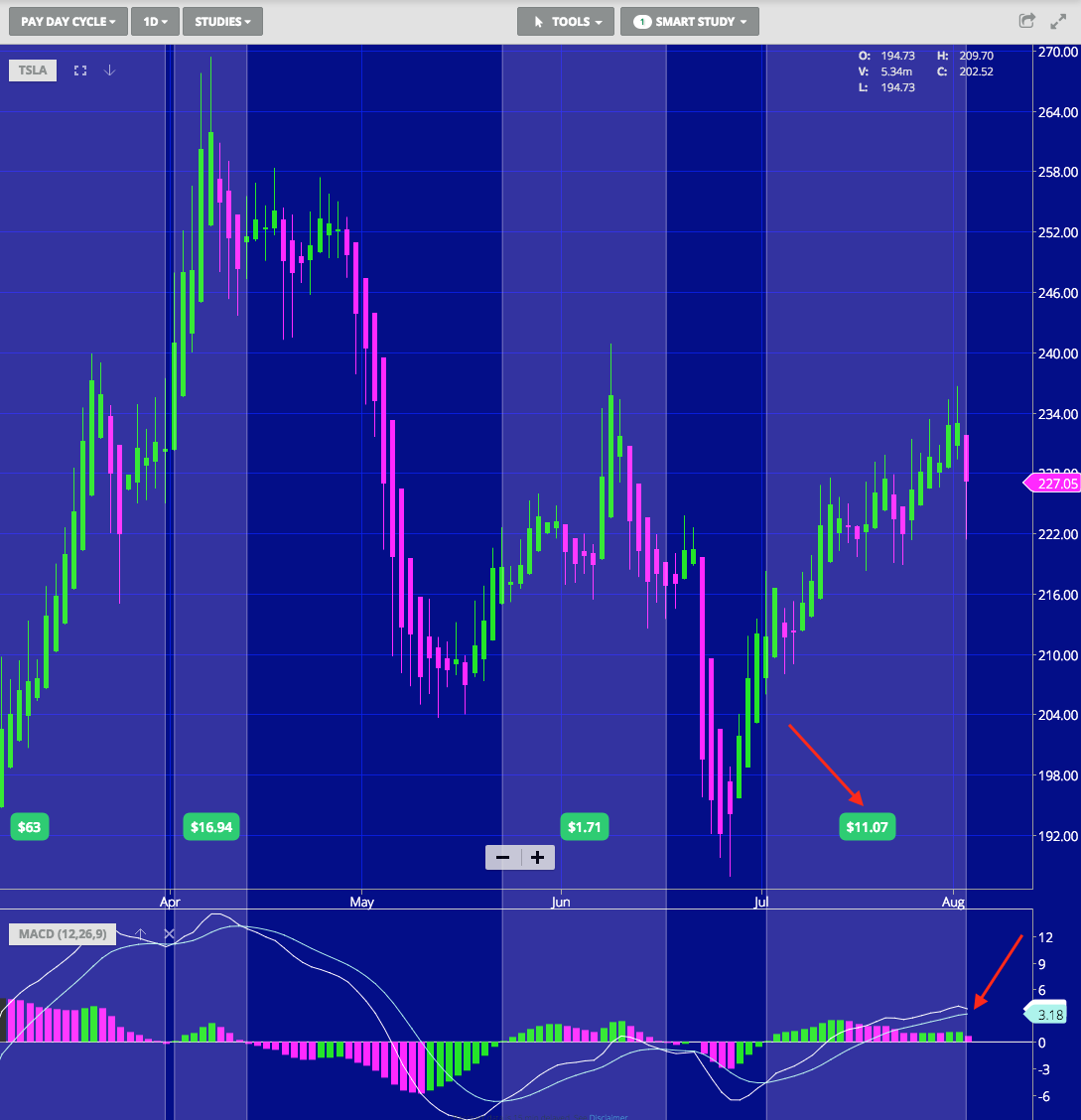
Source: Wall Street I/O

Investor's Corner
Elon Musk praises Ray Dalio’s Bridgewater for accumulating TSLA stock
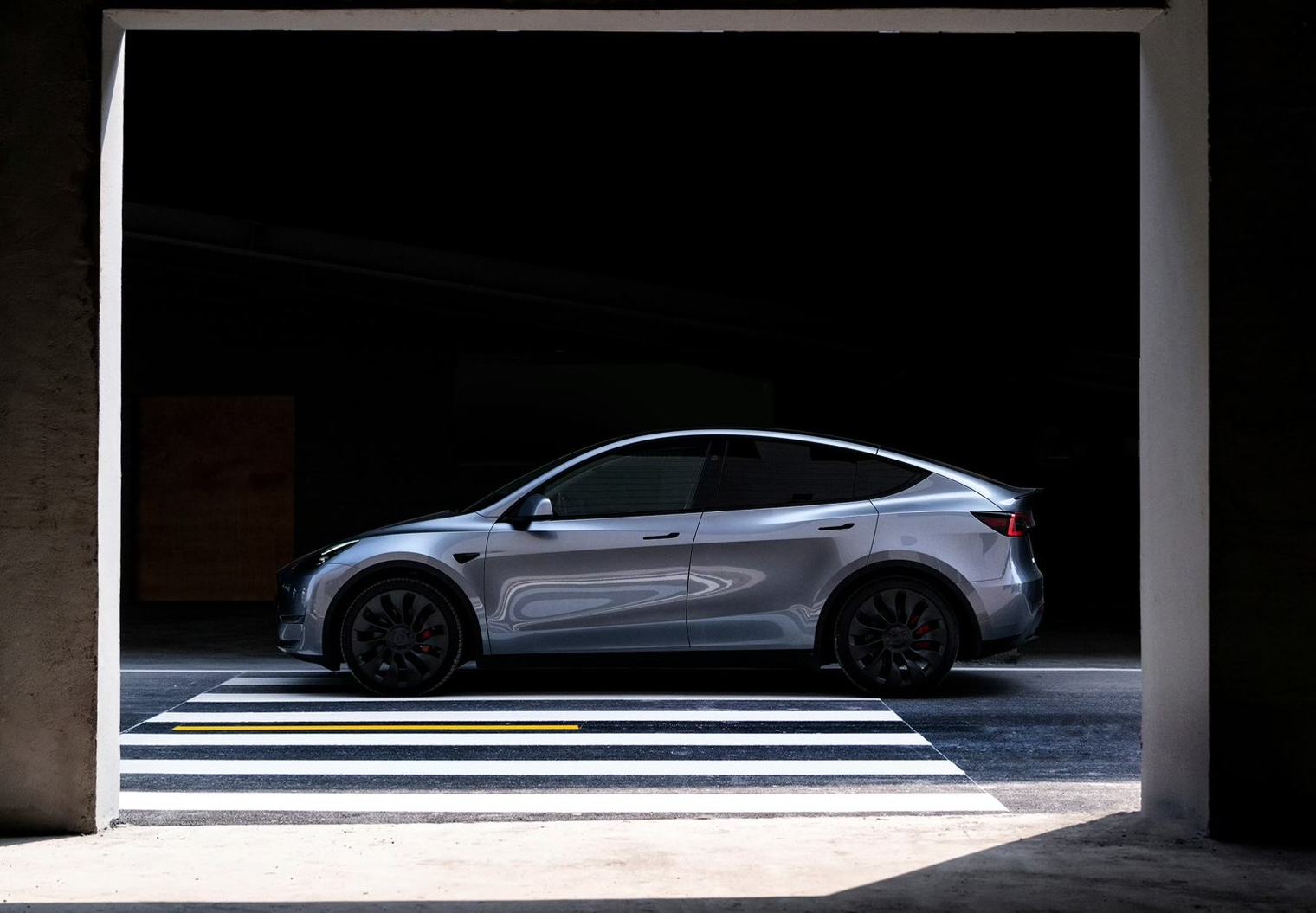
A recent 13-F filing from legendary investor and billionaire Ray Dalio’s Bridgewater Associates has revealed that the hedge fund has added over $62 million worth of Tesla stock (NASDAQ:TSLA) to its portfolio.
Elon Musk has praised the billionaire’s investment in a post on X.
Bridgewater’s TSLA stake:
- As per Bridgewater’s 13-F filing, it currently holds 153,589 shares of TSLA, which costs $62,025,382.
- The firm added the TSLA shares in the fourth quarter.
- Tesla shares gained momentum after its Q3 2024 earnings call, and it only gained more strength after the election of U.S. President Donald Trump.
- At the end of 2024, Tesla shares were up 62%, as noted in a MarketWatch report.
- Tesla stock is still up 88% over 12 months despite a steep drop over the past month.
Smart move
— Elon Musk (@elonmusk) February 14, 2025
A vote of confidence:
- Bridgewater Associates is one of the largest hedge funds in the world, so the firm’s stake in TSLA could be interpreted as a vote of confidence in the electric vehicle maker.
- Elon Musk has praised the firm’s investment. In a post on X, Musk noted that Bridgewater’s investment was a “smart move.”
- Elon Musk has been quite consistent on his idea that Tesla could eventually become the world’s most valuable company. He emphasized this point during the Q4 2024 earnings call.
- “I see a path. I’m not saying it’s an easy path but I see a path of Tesla being the most valuable company in the world by far. Not even close. There is a path where Tesla is worth more than the next top five companies combined,” Musk said.
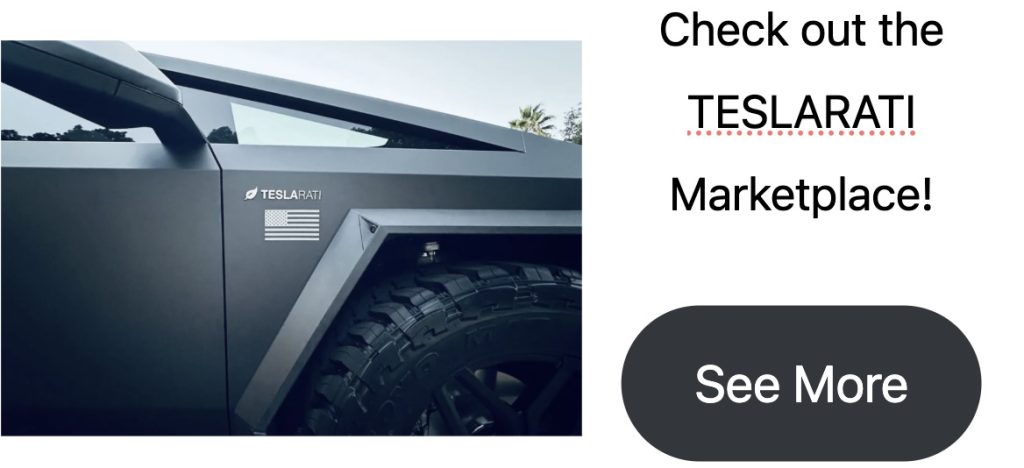

Don’t hesitate to contact us with news tips. Just send a message to simon@teslarati.com to give us a heads up.
Investor's Corner
Tesla (TSLA) gets $475 price target and “Buy” rating from Benchmark
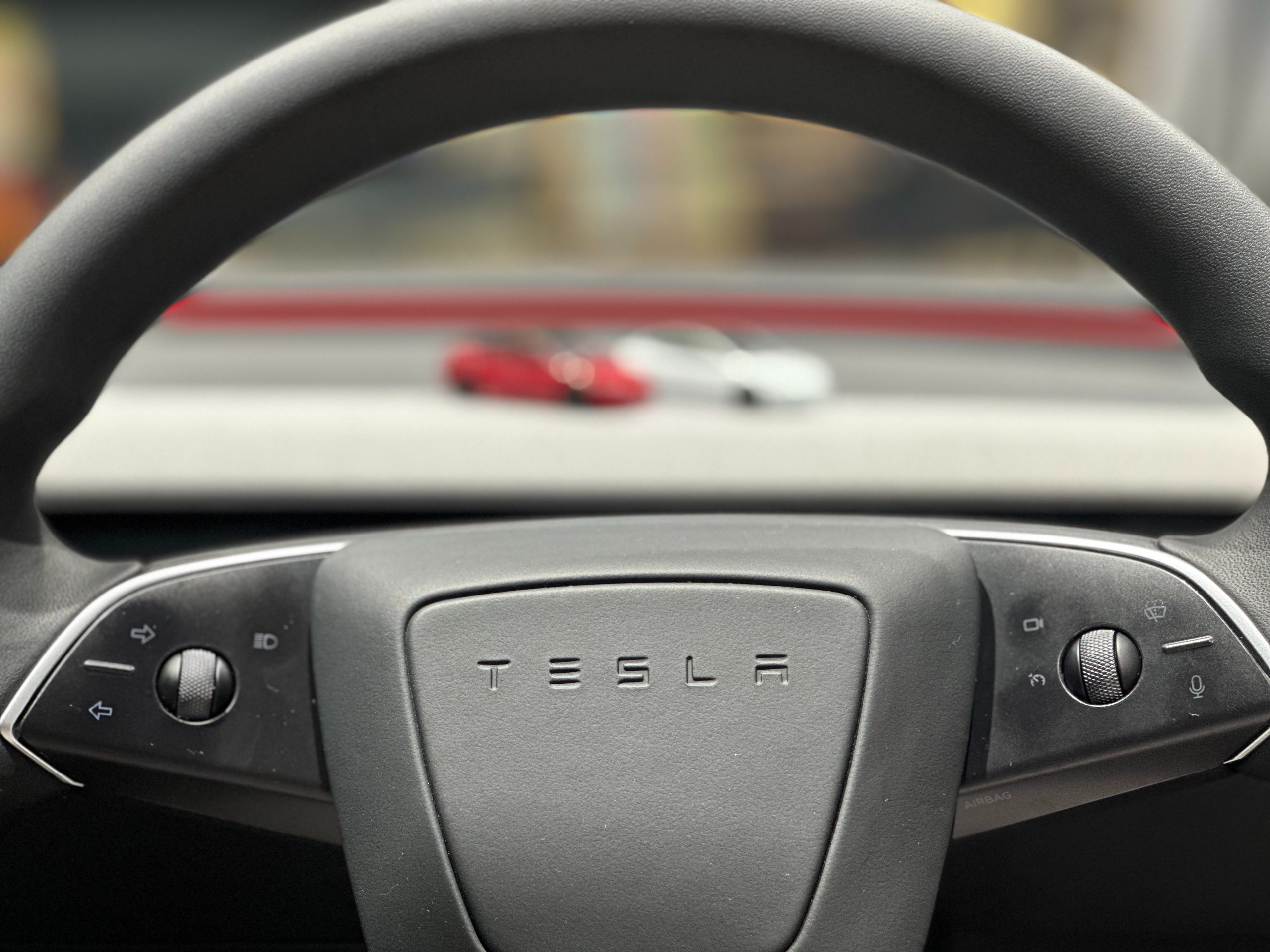
Tesla shares (NASDAQ:TSLA) have received a “Buy” rating and a $475 per share price target from Benchmark.
Benchmark’s price target is based on 68.2 times its 2028 earnings before interest, taxes, depreciation, and amortization (EBITDA), as noted in a Morningstar report.
Tesla rating:
- In a note to clients, Benchmark analyst Mickey Legg noted that Tesla has outlined a path towards more growth through several of its initiatives.
- These include Tesla’s work in autonomous driving systems, robotics, and energy generation.
- The company could also make more headway into the electric vehicle segment.
- “The company has outlined a path for growth with a more affordable vehicle scheduled for 1H25, unsupervised full self-driving as a paid service this June in Austin, TX, and Optimus robot production ramp through 2026 and beyond,” the analyst stated.
$TSLA +1.8% pre-mkt as Benchmark initiates TSLA with a Buy rating and $475 price target. pic.twitter.com/KT6BTTW5kJ
— Gary Black (@garyblack00) February 12, 2025
More potential:
- While he sees potential in Tesla, the Benchmark analyst noted that his current model only incorporates vehicle growth.
- Thus, there could be “significant potential upside” if the company’s autonomous vehicle program and Optimus are scaled.
- “Tesla’s market leadership, near-term catalysts, strong management, and diversified business justify the stock’s market premium,” Legg noted.


Don’t hesitate to contact us with news tips. Just send a message to simon@teslarati.com to give us a heads up.
Investor's Corner
Tesla is ‘better-positioned’ as a company and as a stock as tariff situation escalates
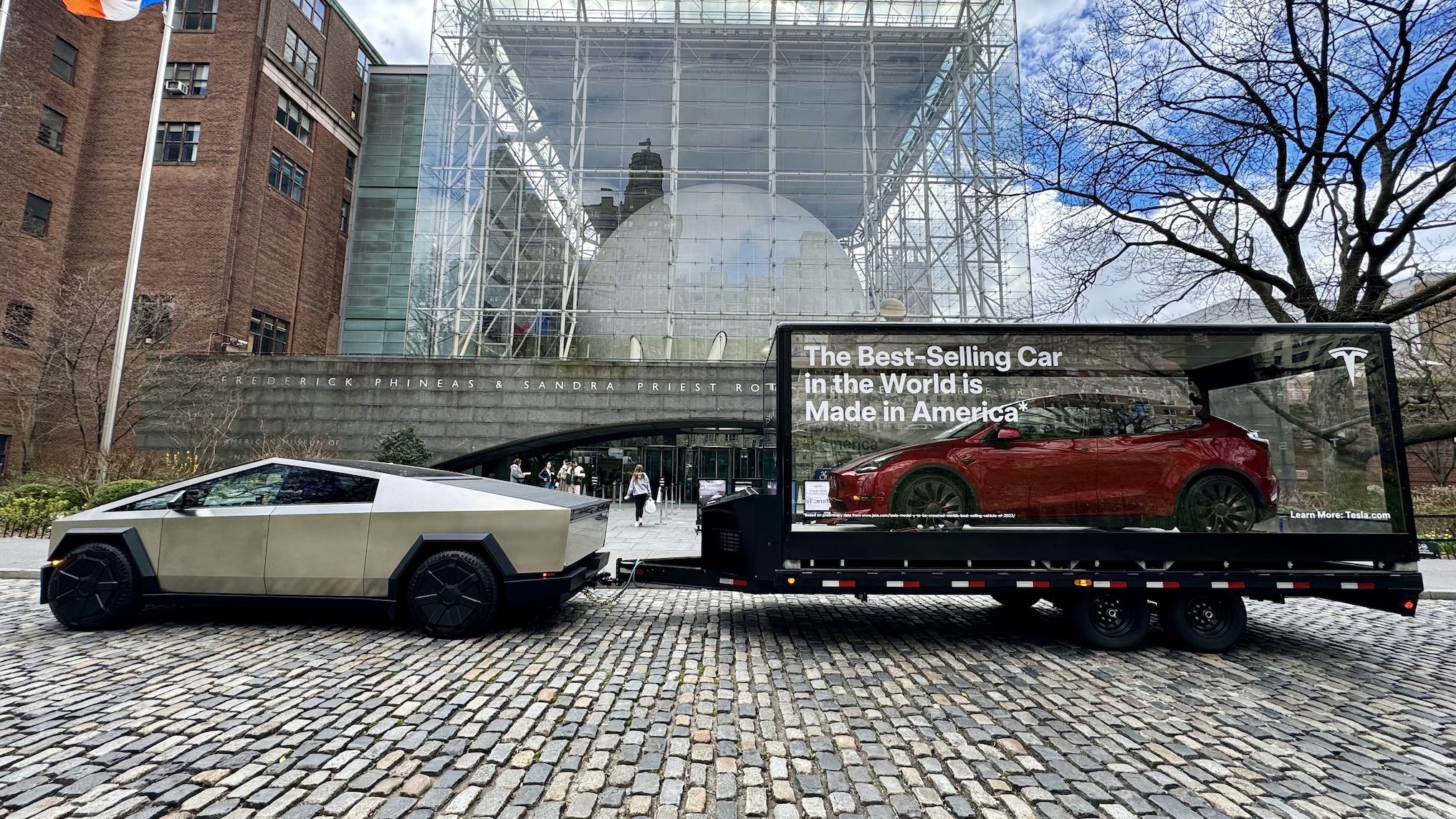
Tesla is “better-positioned” as a company and as a stock as the tariff situation between the United States, Mexico, and Canada continues to escalate as President Donald Trump announced sanctions against those countries.
Analysts at Piper Sandler are unconcerned regarding Tesla’s position as a high-level stock holding as the tariff drama continues to unfold. This is mostly due to its reputation as a vehicle manufacturer in the domestic market, especially as it holds a distinct advantage of having some of the most American-made vehicles in the country.
Analysts at the firm, led by Alexander Potter, said Tesla is “one of the most defensive stocks” in the automotive sector as the tariff situation continues.
The defensive play comes from the nature of the stock, which should not be too impacted from a U.S. standpoint because of its focus on building vehicles and sourcing parts from manufacturers and companies based in the United States. Tesla has held the distinct title of having several of the most American-made cars, based on annual studies from Cars.com.
Its most recent study, released in June 2024, showed that the Model Y, Model S, and Model X are three of the top ten vehicles with the most U.S.-based manufacturing.
Tesla captures three spots in Cars.com’s American-Made Index, only U.S. manufacturer in list
The year prior, Tesla swept the top four spots of the study.
Piper Sandler analysts highlighted this point in a new note on Monday morning amidst increasing tension between the U.S. and Canada, as Mexico has already started to work with the Trump Administration on a solution:
“Tesla assembles five vehicles in the U.S., and all five rank among the most American-made cars.”
However, with that being said, there is certainly the potential for things to get tougher. The analysts believe that Tesla, while potentially impacted, will be in a better position than most companies because of their domestic position:
“If nothing changes in the next few days, tariffs will almost certainly deal a crippling blow to automotive supply chains in North America. [There is a possibility that] Trump capitulates in some way (perhaps he’ll delay implementation, in an effort to save face).”
There is no evidence that Tesla will be completely bulletproof when it comes to these potential impacts. However, it is definitely better insulated than other companies.
Need accessories for your Tesla? Check out the Teslarati Marketplace:
- https://shop.teslarati.com/collections/tesla-cybertruck-accessories
- https://shop.teslarati.com/collections/tesla-model-y-accessories
- https://shop.teslarati.com/collections/tesla-model-3-accessories
Please email me with questions and comments at joey@teslarati.com. I’d love to chat! You can also reach me on Twitter @KlenderJoey, or if you have news tips, you can email us at tips@teslarati.com.
-
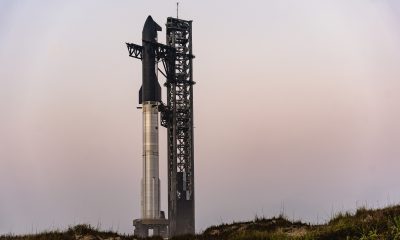
 News4 days ago
News4 days agoSpaceX announces Starship Flight 8’s new target date
-
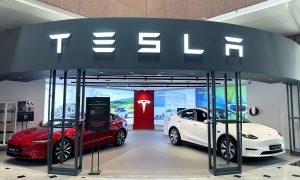
 News1 day ago
News1 day agoTesla at risk of 95% crash, claims billionaire hedge fund manager
-

 News4 days ago
News4 days agoTesla launches fresh U.S. promotions for the Model 3
-
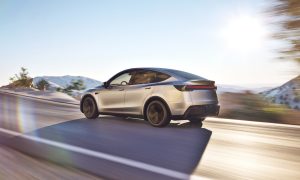
 Elon Musk5 days ago
Elon Musk5 days agoTesla mulls adding a new feature to fight off vandals as anti-Musk protests increase
-
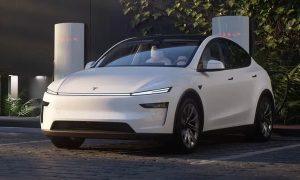
 News1 day ago
News1 day agoTesla contract with Baltimore paused after city ‘decided to go in a different direction’
-
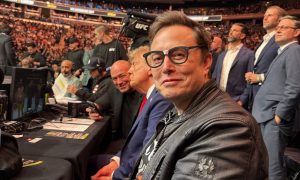
 Elon Musk2 days ago
Elon Musk2 days agoTesla UK sales up over 20% despite Elon Musk backlash
-
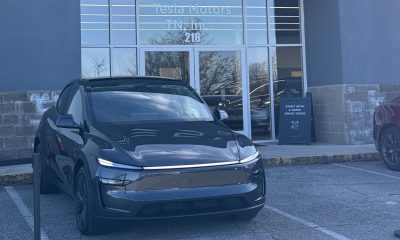
 News5 days ago
News5 days agoTesla starts Model Y ‘Launch Edition’ deliveries in the U.S.
-
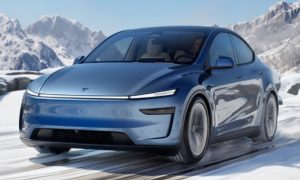
 News6 days ago
News6 days agoTesla’s lead designer weighs in on plans for these two Model Y colors



